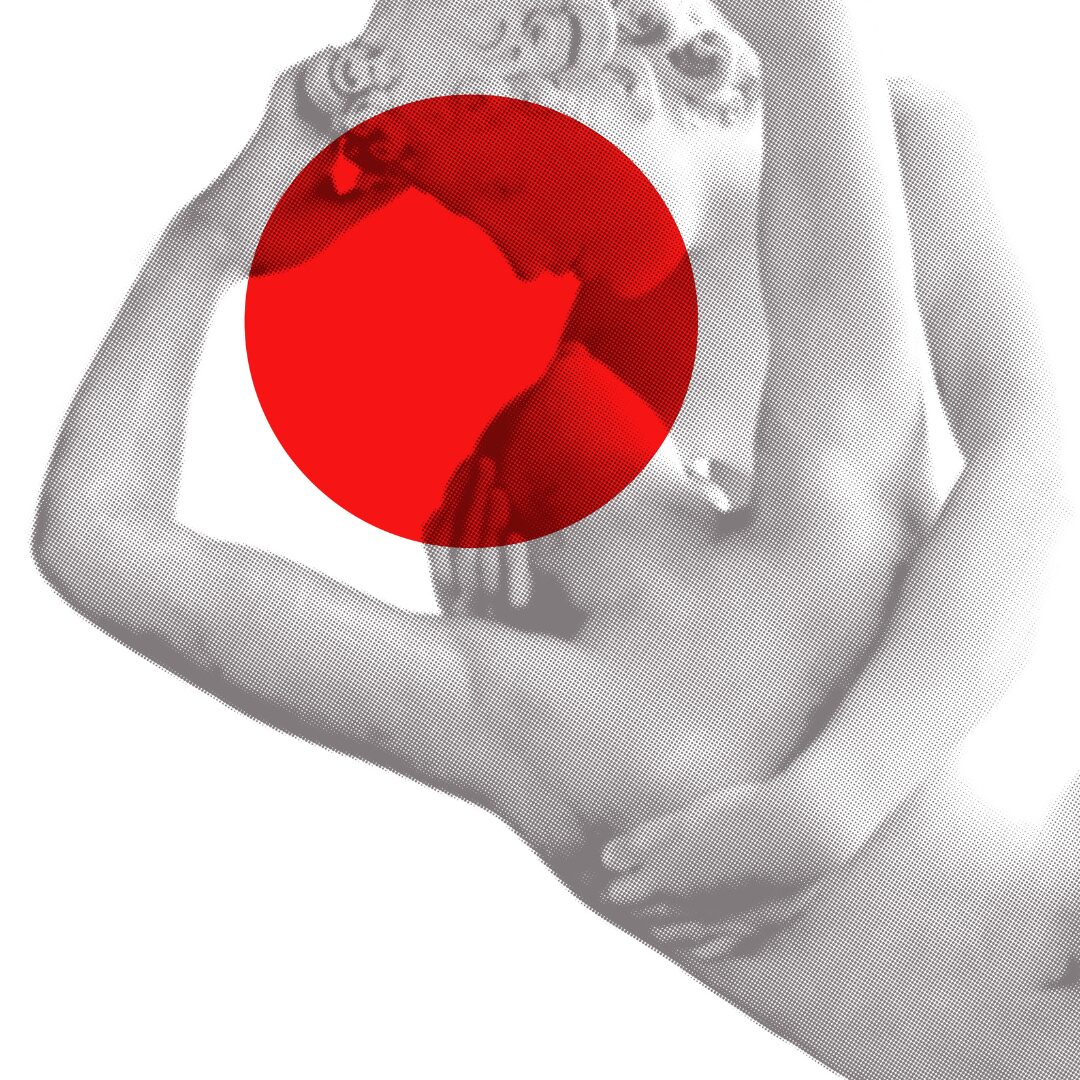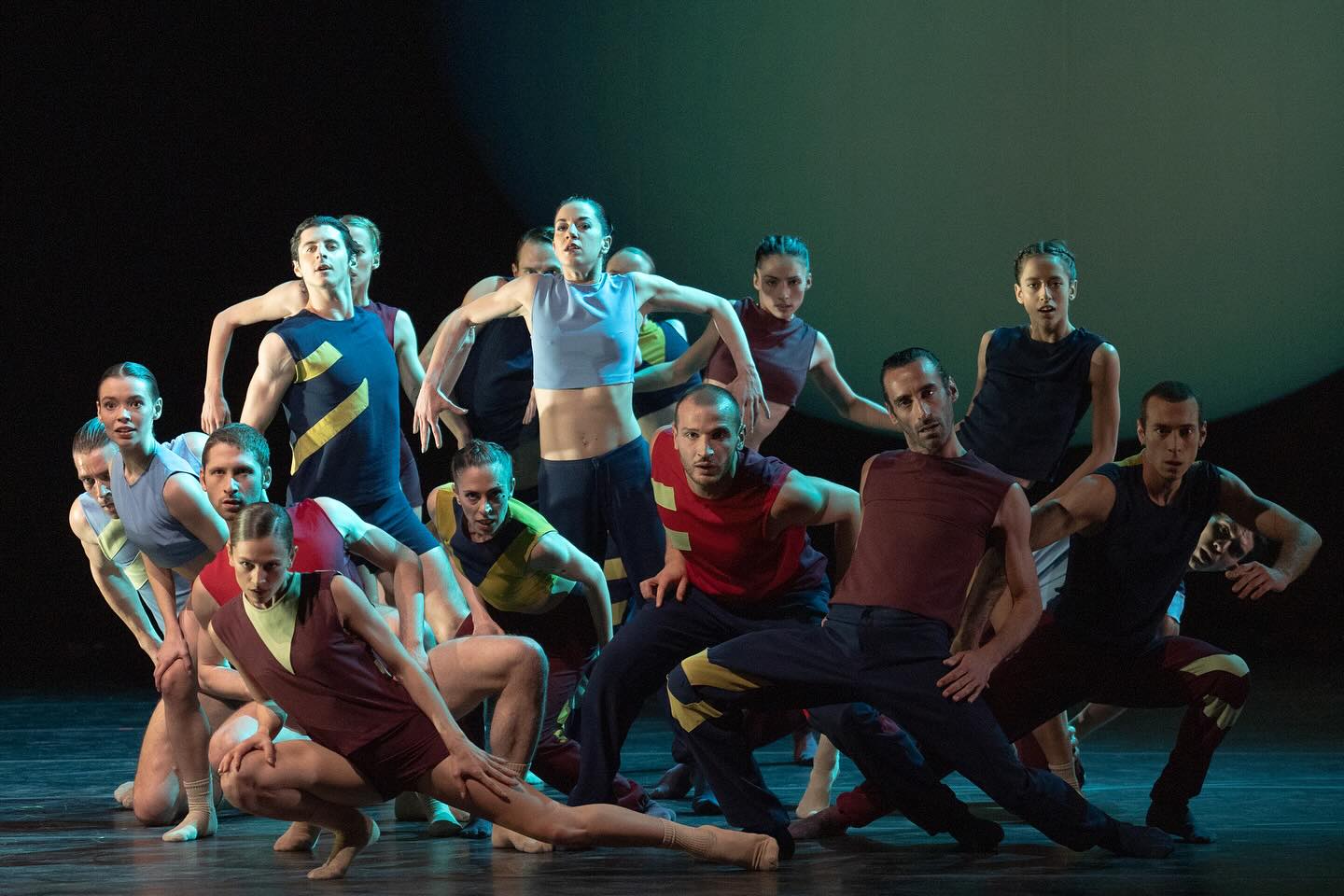NOTTE MORRICONE BY MARCOS MORAU
On Monday, April 8th, at 2:30 PM, at the Sala Stampa Estera in Rome, we presented Notte Morricone, the new creation that celebrates the indelible artistic legacy of the Oscar-winning Ennio Morricone, thanks to one of the foremost international choreographers, Marcos Morau.
The show is the result of interdisciplinary collaborations among dance, music, and theater realities.
Two main co-producers: Macerata Opera Festival (outdoor debut: August 1st, 2024) and Teatro di Roma (indoor debut: October 24th at Teatro Argentina, where the performances will continue until november 10th). The other co-producers are the Foundation I Teatri di Reggio Emilia, Centro Servizi Culturali Santa Chiara di Trento, Centro Teatrale Bresciano and Ravenna Festival, which has provided the Orchestra Giovanile Luigi Cherubini for the recording of the score, adapted and transcribed by the Maestro Maurizio Billi.
After collaborating with some of the most renowned international choreographers such as Jiří Kylián, Ohad Naharin, and Johan Inger, CCN/Aterballetto now turns to Marcos Morau, one of the most sought-after choreographers in the contemporary scene. The Spanish author, with his visionary power and the ability to transfigure musical universes, proposes a unique evening intertwining dance, visual arts, and cinematic suggestions. According to Gigi Cristoforetti, director of the Center, “thanks also to the collaboration of important production partners, some of whom have been faithful over the years, others brand new and arrived for the occasion, CCN/Aterballetto faces its most ambitious challenge.”
With an innate tendency to reconcile very different vocabularies and ideas, Marcos Morau is an artist capable of deeply questioning contemporaneity, of which he is an intense choreographic voice, but not only. In him, the theme of the hybridization of languages is “native,” as we could say borrowing the expression used for millennials and their digital practice.
So Morau describes his relationship with the Maestro’s music: “People often ask me what music I listen to, what music inspires or accompanies me in my daily life, and I always answer the same way: from classical music to new contemporary waves, I draw inspiration from many different sources, and Ennio Morricone is always at the top of the list.”

THE STAGES AND PARTNERS OF NOTTE MORRICONE
The production sees important collaborations with national entities, such as the Macerata Opera Festival, where the work will have its outdoor debut on August 1, 2024, at 9:00 PM.
In October, it will be the Fondazione Teatro di Roma, co-producer of the project, to host the first indoor performance on October 24, and the subsequent repeats, from October 25 to November 10, 2024, at the Teatro Argentina. In this context, Notte Morricone will be co-presented by the prestigious Festival Romaeuropa.
Among the supporters of the work, prominent national entities include the Fondazione I Teatri di Reggio Emilia, the Centro Servizi Culturali Santa Chiara di Trento, the Centro Teatrale Bresciano, and Ravenna Festival, which has provided the Orchestra Giovanile Luigi Cherubini, entrusted with the recording of the score, adapted and transcribed by Maestro Maurizio Billi.
News
Danza&Danza Award 2024
Notte Morricone wins the Danza&Danza 2024 award for Best Italian Production - Grand Scale! Read the jury's motivations.
Season’s Greetings from all of us at Centro Coreografico Nazionale / Aterballetto
Season’s Greetings from CCN/Aterballetto: celebrate with us a New Year filled with dance!
NEW YEAR’S CONCERT 2025: ATERBALLETTO AND MARCOS MORAU LIVE ON RAI 1
This year, Aterballetto celebrates the arrival of the New Year with the New Year’s Concert at Teatro La Fenice in Venice, broadcast live on Rai 1 on January 1st, featuring original choreography by Marcos Morau.
Tracce di Frida – The Resilient Body: The New Project with Modena AOU
The collaboration with the University Hospital of Modena (AOU) brings to life “Tracce di Frida: The Resilient Body”, a workshop led by Lara Guidetti and aimed at women with Chronic Inflammatory Bowel Diseases.
Open Dance: a dialogue with CNA fo.er on Cultural Welfare
On December 12th, an online event to discuss dance as a tool for collective well-being. Reserve your spot.
AUDITION 2025
We are looking for new dancers to join Aterballetto Company. Submit your application!
THE LIGHT OBSERVER MAGAZINE FEATURES TOUCHPOINT
The CCN/Aterballetto project with Maramotti Collection featured by the International Magazine The Light Observer. Read the article with interviews of the dancers from Aterballetto.
A NEW REPLICA OF NOTTE MORRICONE IN REGGIO EMILIA
On March 4, 2025, a new replica of the show by Marcos Morau is scheduled at the Teatro Valli in Reggio Emilia. Active promotion for Black Friday.
NOTTE MORRICONE: JOIN THE SURVEY
If you have already seen the show directed by Marcos Morau, you can share your opinion by participating in the survey created by Artfiles.
WAITING FOR NOTTE MORRICONE: A FESTIVE EVENING AT THE FOUNDRY
Monday, October 21 is one of those evenings you can't miss: open rehearsal, a meeting with Marcos Morau, and the inauguration of the new foyer. Celebrate with us!
The collaboration with Collezione Maramotti gives rise to “Touchpoint”
The new multimedia project blending dance and visual arts is launched, resulting from the encounter between the dancers of Aterballetto and sixteen works from the Collezione Maramotti.
With Notte Morricone, the 2023/2024 season comes to a close.
Watch the outdoor debut of Notte Morricone at the Macerata Opera Festival. Find out what awaits you in September!
Audition for High Educational and Production Project – 2025
New advanced training and production program for 15 young dancers. Submit your CV.
The virtual dance at Videocittà
July 6, 2024, Rome - Virtual Dance for Real People is at Videocittà, the festival dedicated to digital vision and culture.
One More Dance? The new Advanced Training course begins
Until July 10, 2024, registration is open for ONE MORE DANCE?, the new Advanced Training course promoted by CCN / Aterballetto, together with CNA Foer and Festival Oriente Occidente.
Il combattimento di Tancredi e Clorinda
Press Conference: June 11, Rome. A dance and live music project for the promotion of Italian cultural heritage
Ginevra: the research work within “Archives and Health”
May 23rd and 30th, 9:00 PM: the outcomes of workshops for people over 50/60 by LUC, curated by CCN/Aterballetto
REGGIONARRA 2024 COMES TO THE FONDERIA
After last year's success, Reggionarra 2024 returns to enliven the halls of our Fonderia in Reggio Emilia for a day entirely dedicated to children and families.
Visioni del Corpo
May 27th at 9:00 PM at Fonderia: The Body in Danger with Nicolas Ballario, Roberto Tedesco, and Roberto Escobar in partnership with festivalfilosofia
REVIVAL RHAPSODY: THE DANCING PARADE OF REGGIO EMILIA
On May 18th, 'Revival Rhapsody' will cross the Gattaglio District: in collaboration with the Municipality of Reggio Emilia, the outcome of the free and aimed at all ages workshop under the guidance of Lara Guidetti.
Viva la Danza: primetime on Rai 1 with Roberto Bolle”
Among the great performers of Roberto Bolle's Gala - airing on April 29th on Rai 1 - is also the Aterballetto Company with 'Rhapsody in Blue'.
ITALIA DANZA: THE SECOND EDITION
From Sofia to Madrid, passing through Oslo and Cologne: this is the second phase of Italia Danza, on stage from April 27th to May 24th, 2024.
‘Rhapsody in Blue’ at the Baths of Caracalla
On April 13th, the Aterballetto Company will perform in Rome to inaugurate the Water Mirror at the Baths of Caracalla.
NOTTE MORRICONE BY MARCOS MORAU
We have officially presented the new production signed by Marcos Morau, paying tribute to the genius of Maestro Ennio Morricone. On stage on August 1st at the Macerata Opera Festival and from October 24th to November 10th at the Teatro Argentina in Rome."
“Se danzare non mi basta”: Cristina Bozzolini at Fonderia to present her book
Friday, April 5th, at 7:00 PM > Cristina Bozzolini and Maria Luisa Buzzi present Cristina Bozzolini's book to the public, edited by the critic and journalist Silvia Poletti.




















